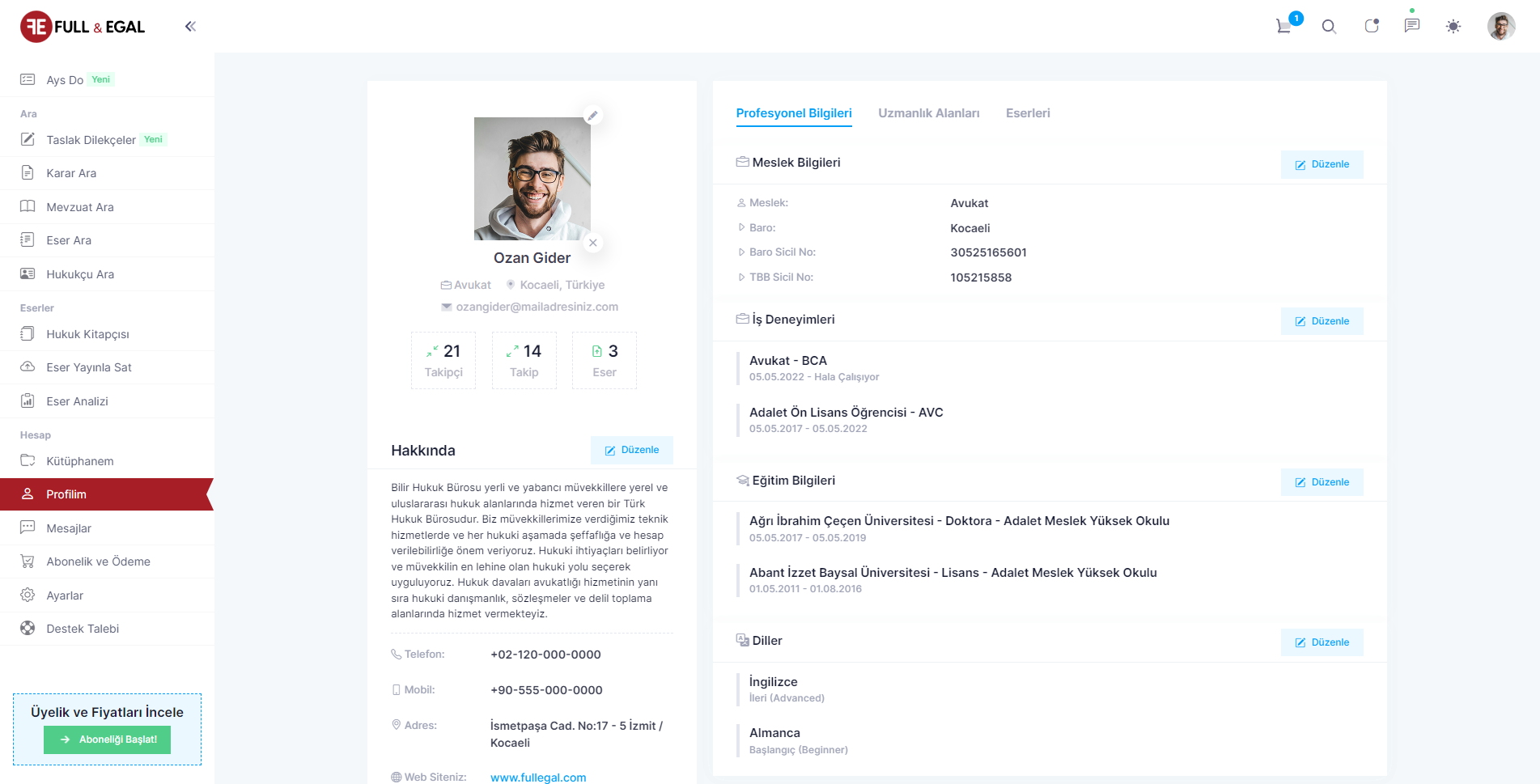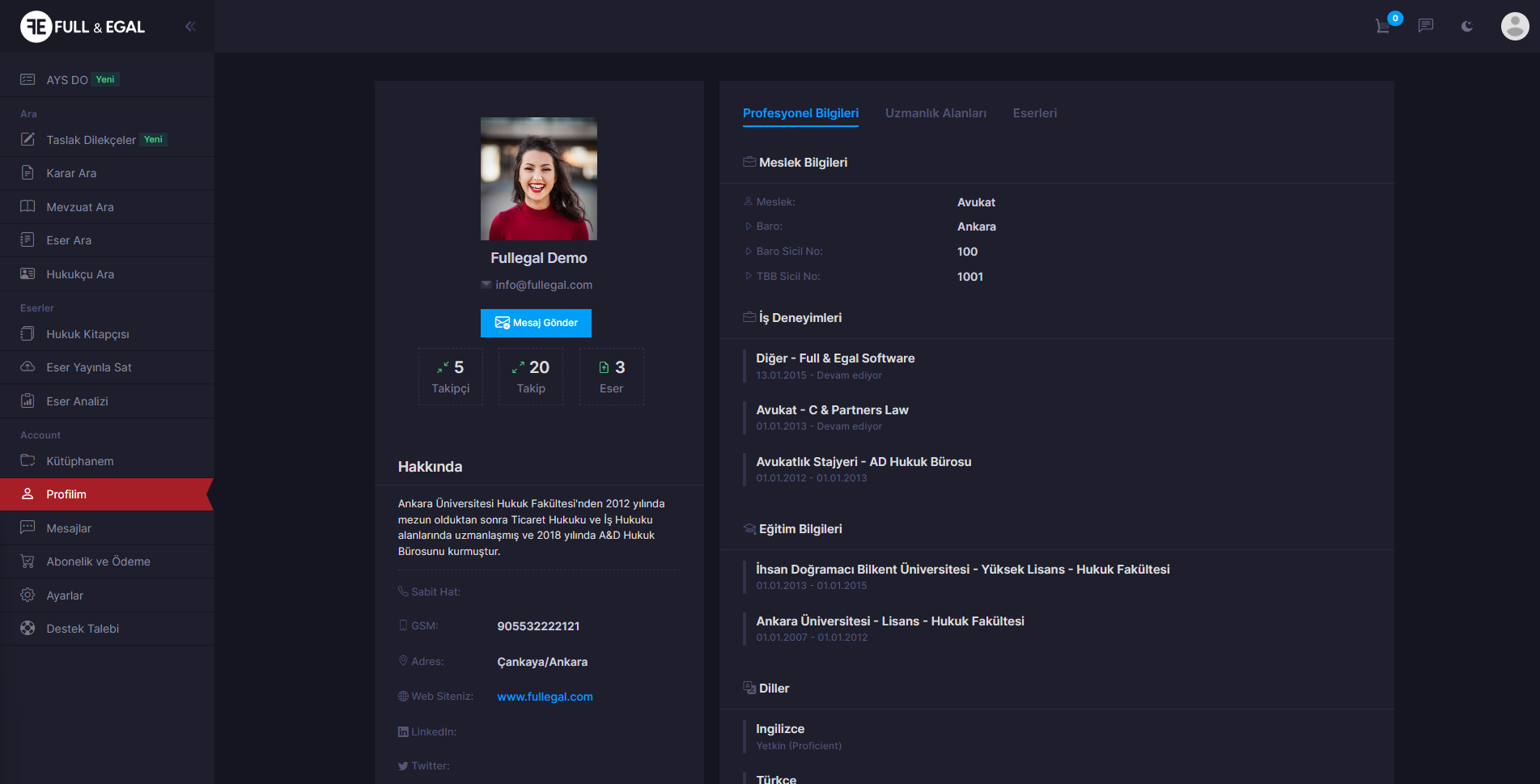Summary
Parties
Grounds
Decision on costs
Operative part
Keywords
Common Customs Tariff - Tariff headings - Ink-cartridge without integrated print head which can only be used in a particular type of printer - Classification under sub-heading No 3215 90 80 of the Combined Nomenclature
Summary
$$Annex I to Regulation No 2658/87 on the tariff and statistical nomenclature and on the Common Customs Tariff, as amended by Regulation No 1734/96, must be interpreted as meaning that an ink-cartridge without integrated print head, consisting of plastic casing, foam, a metal screen, seals, tape seal, labels, ink and packing material, is to be classified, pursuant to general rule 3(b) for the interpretation of the Combined Nomenclature, under sub-heading No 3215 90 80 of the Combined Nomenclature. The element which gives the cartridge its essential character is the ink which it contains.
The fact, moreover, that the product in question can only be used, as regards both the cartridge and the ink, in a particular type of printer does not mean that it can be described as a part or accessory of a printer within the meaning of heading 8473 of the Combined Nomenclature, in so far as the cartridge plays no particular role in the actual mechanical functioning of the printer and merely enables it to fulfil its usual function.
( see paras 27, 31-32, 35, operative part )
Parties
In Case C-276/00,
REFERENCE to the Court under Article 177 of the EC Treaty (now Article 234 EC) from the Hessisches Finanzgericht, Kassel (Germany), for a preliminary ruling in the proceedings pending before that court between
Turbon International GmbH, acting in its capacity as successor to Kores Nordic Deutschland GmbH,
and
Oberfinanzdirektion Koblenz,
on the interpretation of headings 3215 and 8473 of the Combined Nomenclature in Annex I to Council Regulation (EEC) No 2658/87 of 23 July 1987 on the tariff and statistical nomenclature and on the Common Customs Tariff (OJ 1987 L 256, p. 1), as amended by Commission Regulation (EC) No 1734/96 of 9 September 1996 (OJ 1996 L 238, p. 1),
THE COURT (Fourth Chamber),
composed of: D.A.O. Edward, acting for the President of the Chamber, A. La Pergola and C.W.A. Timmermans (Rapporteur), Judges,
Advocate General: J. Mischo,
Registrar: R. Grass,
after considering the written observations submitted on behalf of:
- Turbon International GmbH, by H. Brüning-Sudhoff, Steuerberater,
- the Oberfinanzdirektion Koblenz, by Trendler, acting as Agent,
- the Commission of the European Communities, by J.-C. Schieferer, acting as Agent, assisted by Núñez Müller, Rechtsanwalt,
having regard to the report of the Judge-Rapporteur,
after hearing the Opinion of the Advocate General at the sitting on 11 September 2001,
gives the following
Judgment
Grounds
1 By order of 21 February 2000, received at the Court on 12 July 2000, the Hessisches Finanzgericht (Finance Court of the Land of Hessen), Kassel, referred to the Court for a preliminary ruling under Article 234 EC a question on the interpretation of headings 3215 and 8473 of the Combined Nomenclature (the CN) in Annex I to Council Regulation (EEC) No 2658/87 of 23 July 1987 on the tariff and statistical nomenclature and the Common Customs Tariff (OJ 1987 L 256, p. 1), as amended by Commission Regulation (EC) No 1734/96 of 9 September 1996 (OJ 1996 L 238, p. 1).
2 That question arose in proceedings between Turbon International GmbH (Turbon International), established in Hattingen (Germany), and the Oberfinanzdirektion Koblenz (Germany) concerning the tariff classification of ink cartridges without an integrated print head for use in Epson Stylus Colour ink-jet printers (ESC printers).
Legislative background
The CN
3 The CN, established by Regulation No 2658/87, is intended to meet the requirements, at one and the same time, of the Common Customs Tariff and the Community's external trade statistics. It is based on a harmonised commodity description and coding system (the HS) devised by the Council for Customs Cooperation (now the World Customs Organisation) which was established by international convention concluded at Brussels on 14 June 1983 and approved on behalf of the Community by Council Decision 87/369/EEC of 7 April 1987 (OJ 1987 L 198, p. 1).
4 The version of the CN applicable at the material time in the case in the main proceedings which is the version set out in Annex I to Regulation No 1734/96, included in particular:
- in Chapter 32 of Section VI, entitled Tanning or dyeing extracts; tannins and their derivatives; dyes, pigments and other colouring matter; paints and varnishes; putty and other mastics; inks, the headings:
3215 Printing ink, writing or drawing ink and other inks, whether or not concentrated or solid:
- Printing ink:
3215 11 00 - - Black
3215 1900 - - Other
3215 90 - Other:
3215 90 10 - - Writing or drawing ink
3215 90 80 - - Other
and
- and in Chapter 84 of Section XVI, entitled Nuclear reactors, boilers, machinery and mechanical appliances, the headings:
8471 Automatic data processing machines and units therof; magnetic or optical readers, machines for transcribing data onto data media in coded form and machines for processing such data, not elsewhere specified or included:
...
8471 60 - Input or output units, whether or not containing storage units in the same housing:
8471 60 10 - - For use in civil aircraft
...
- - Other
8471 60 40 - - - Printers
8471 60 50 - - - Keyboards
8471 60 90 - - - Other
...
and
8473 Parts and accessories (other than covers, carrying cases and the like) suitable for use solely or principally with machines of heading Nos 8469 to 8472:
...
8473 - Parts and accessories of the machines of heading No 8471:
8473 30 10 - - Electronic assemblies
8473 30 90 - - Other
...
5 The general rules for the interpretation of the CN (the general rules) which appear in the first part of the CN, Title I, A, provide in particular:
Classification of goods in the Combined Nomenclature shall be governed by the following principles:
1. The titles of sections, chapters and sub-chapters are provided for ease of reference only; for legal purposes, classification shall be determined according to the terms of the headings and any relative section or chapter notes and, providing such headings or notes do not otherwise require, according to the following provisions.
2. (a) ...
(b) Any reference in a heading to a material or substance shall be taken to include a reference to mixtures or combinations of that material or substance with other materials or substances. Any reference to goods of a given material or substance shall be taken to include a reference to goods consisting wholly or partly of such material or substance. The classification of goods consisting of more than one material or substance shall be according to the principles of rule 3.
3. When by application of rule 2(b) or for any other reason, goods are prima facie classifiable under two or more headings, classification shall be effected as follows:
(a) the heading which provides the most specific description shall be preferred to headings providing a more general description. However, when two or more headings each refer to part only of the materials or substances contained in mixed or composite goods or to part only of the items in a set put up for retail sale, those headings are to be regarded as equally specific in relation to those goods, even if one of them gives a more complete or precise description of the goods.
(b) mixtures, composite goods consisting of different materials or made up of different components, and goods put up in sets for retail sale, which cannot be classified by reference to 3(a), shall be classified as if they consisted of the material or component which gives them their essential character in so far as this criterion is applicable.
(c) ...
...
5. In addition to the foregoing provisions, the following rules shall apply in respect of the goods referred to therein:
(a) camera cases, musical instrument cases, gun cases, drawing-instrument cases, necklace cases and similar cases, specially shaped or fitted to contain a specific article or set of articles, suitable for long-term use and presented with articles for which they are intended, shall be classified with such articles when of a kind normally sold therewith. This rule does not, however, apply to containers which give the whole its essential character.
(b) subject to the provisions of rule 5(a), packing materials (1) presented with the goods therein shall be classified with the goods if they are of a kind normally used for packing such goods. However, this provision is not binding when such packing materials or packing containers are clearly suitable for repeated use.
6 The footnote to rule 5(b) states:
The terms "packing materials" and "packing containers" mean any external or internal containers, holders, wrappings or supports other than transport devices (eg transport containers), tarpaulins, tackle or ancillary transport equipment. The term "packing containers" does not cover the containers referred to in rule 5(a).
The explanatory notes to the HS
7 Under Article 6(1) of the International Convention of 14 June 1983, a committee entitled the Harmonised System Committee composed of representatives from each of the Contracting Parties was established under the auspices of the Customs Cooperation Council. Its functions include, in particular, proposing amendments to the Convention and preparing explanantory notes, classification opinions or other advice as guides to the interpretation of the Harmonised System.
8 According to paragraph VIII of the HS explanatory note relating to general rule 3(b), the factor which determines essential character will vary as between different kinds of goods. It may, for example, be determined by the nature of the material or component, its bulk, quantity, weight or value, or by the role of a constituent material in relation to the use of the goods.
9 Paragraph I of the HS explanatory note relating to general rule 5(a) states:
This Rule shall be taken to cover only those containers whic













